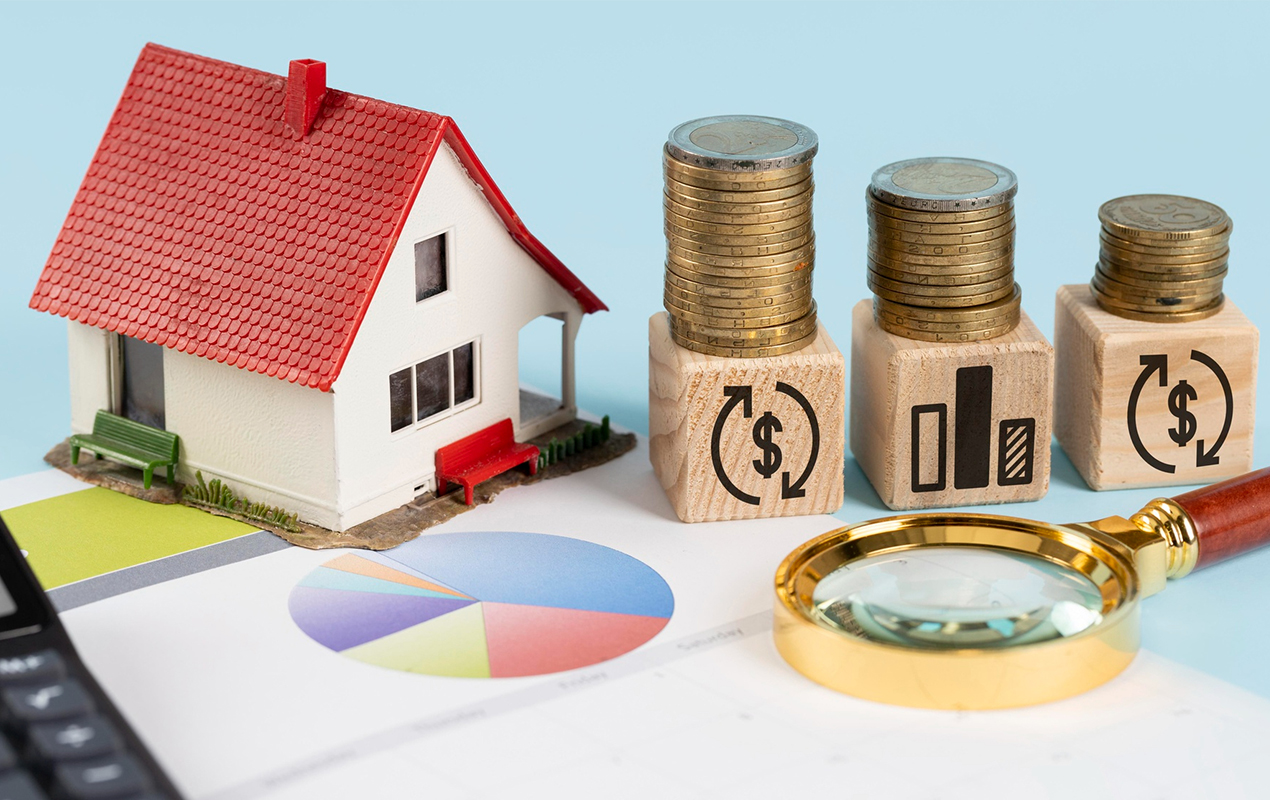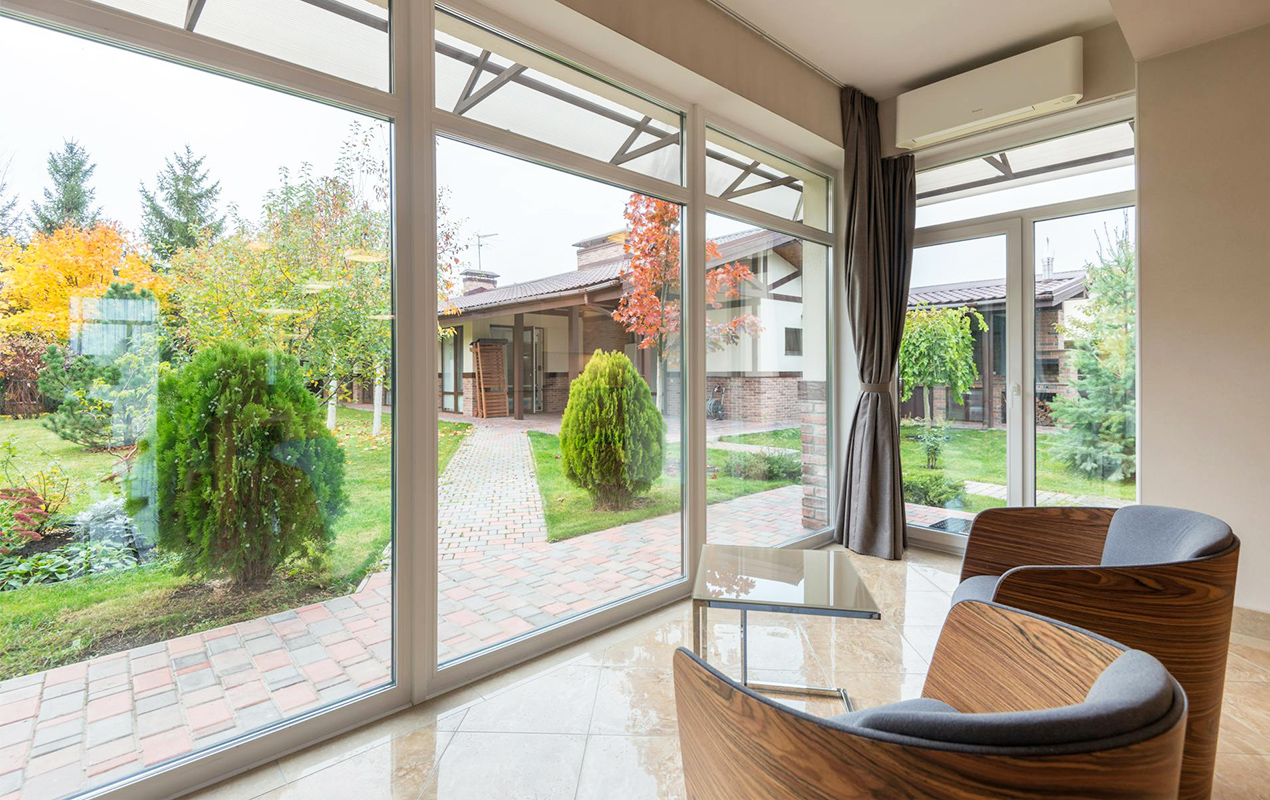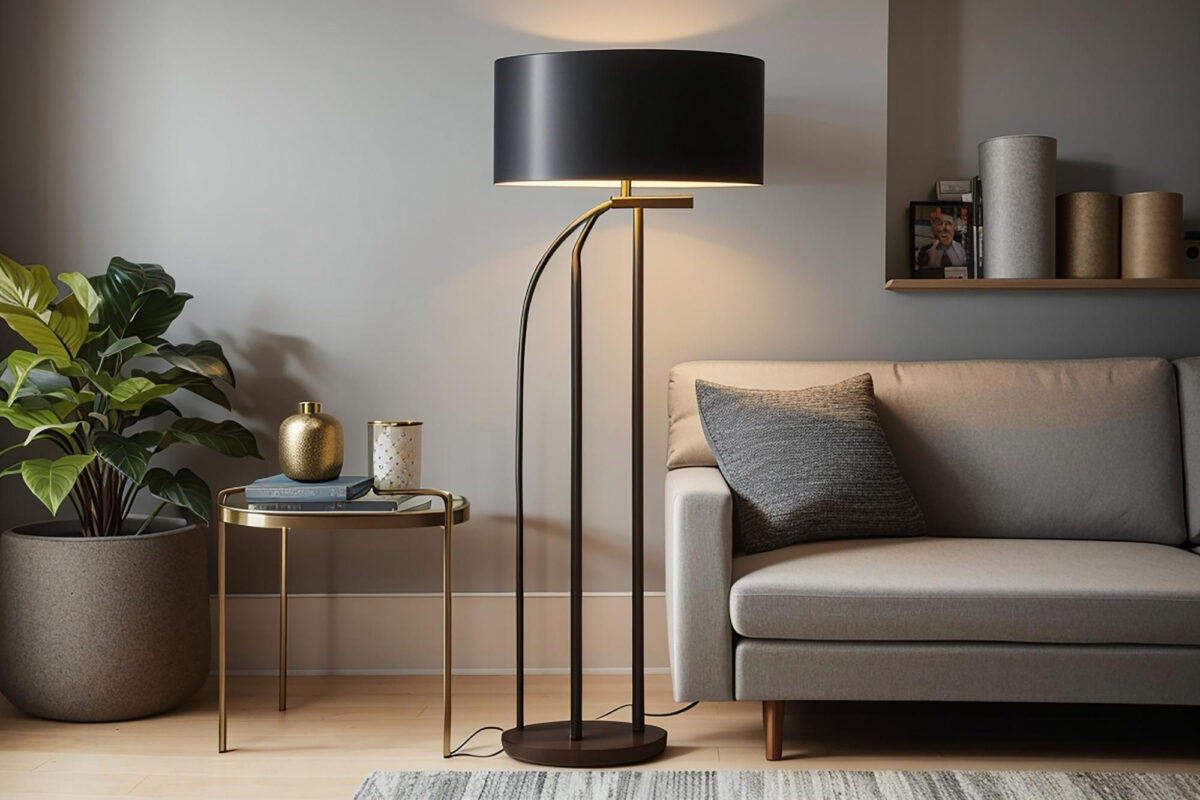Blog
Personal Loans vs. Credit Cards: Choosing the Right Financing for Home Repairs

Home repairs are inevitable for any homeowner, from fixing leaky faucets to replacing a roof. While essential, these repairs can often carry a hefty price tag, leaving many to consider financing options like personal loans or credit cards. Both can help you cover costs, but which is better for home repairs?
Understanding Personal Loans and Credit Cards
What is a Personal Loan?
A personal loan is a type of installment loan that gives you a lump sum upfront, which you repay over a set period with added charges.. It’s often a popular choice for covering large expenses like home improvements due to predictable repayment terms and fixed rates.
Key Features:
- Lump-sum disbursement
- Fixed repayment terms
- Rates depend on your credit score and financial history
What is a Credit Card?
A credit card provides a revolving line of credit that allows you to borrow as needed, up to a set limit. You are only required to make a minimum monthly payment, with additional charges accumulating if the full amount isn’t paid.
Key Features:
- Flexible payments
- Charges apply to any unpaid balances.
- Can be used repeatedly within your credit limit
Factors to Consider When Choosing
Loan Amount and Expense Size
If your home repair is a major expense, such as replacing your HVAC system or renovating a kitchen, a personal loan is likely the better choice. Unlike most credit card limits, personal loans generally allow borrowers to access larger sums—from $1,000 to $50,000 or more.
For smaller, one-off repairs, like fixing a broken window or painting a room, a credit card might suffice, especially if you can pay it off quickly.
Rates and Fees
One of the main factors to consider is the rate you’ll be charged. Personal loans often have lower rates than most credit cards, ranging from 6% to 36%. Credit cards, however, can carry APRs upwards of 20%.
Your credit score will significantly impact the rates you qualify for. For instance, with a 655 credit score, which falls in the “fair” credit range according to most credit bureaus, you might find it challenging to get the most favorable terms, but improvement is possible.
Fees are another consideration. Personal loans may come with origination fees, while credit cards may charge annual fees or late payment penalties.
Flexibility in Payments
Credit cards offer more flexibility, allowing you to borrow exactly what you need and repay at your own pace (as long as you meet the monthly minimum). Personal loans, on the other hand, require fixed monthly payments, which impose discipline but offer less flexibility for fluctuating budgets.
Credit Utilization Impact
Borrowing on a credit card affects your credit utilization ratio, a key factor in calculating your credit score. High utilization rates (using more than 30% of your limit) can negatively impact your score. A personal loan, being an installment loan, doesn’t affect this ratio and may be a smarter choice if you’re looking to maintain or improve your credit score.
Benefits of Personal Loans for Home Repairs
Predictable Costs
With fixed rates and terms, you’ll know exactly how much you’re paying each month until the loan is settled. This predictability helps with budgeting.
Larger Loan Amounts
Personal loans can cover extensive repairs or renovations, ensuring you get the funds needed upfront to complete the project.
Potentially Lower Interest Rates
Borrowers with good credit can often secure lower rates compared to credit cards.
Improves Credit Mix
Taking out an installment loan like a personal loan could positively impact your credit mix, which is another factor in calculating your credit score.
Benefits of Credit Cards for Home Repairs
Flexibility
You can borrow as needed without committing to a large sum upfront, making it ideal for smaller, unplanned repairs.
Rewards and Perks
Many credit cards offer cashback, rewards points, or travel miles, which you can benefit from while covering home repairs.
Zero-Cost Grace Periods
Some cards offer introductory 0% APR on purchases, letting you carry a balance without extra charges for a set period—ideal for short-term borrowing.
Hybrid Approach for Strategic Financing
It’s worth noting that you don’t always need to choose one option over the other. For instance, if your repair costs exceed your credit card limit, you can fund part of the expense through a card and the rest with a personal loan. This hybrid approach can help you leverage the benefits of both.
Which Option Is Right for You?
Choosing between a personal loan and a credit card for home repairs depends on your specific needs, financial situation, and repayment ability. Here’s a quick summary to guide you:
Choose a Personal Loan if:
- The repair costs are significant.
- You prefer fixed repayment terms and lower interest rates.
- Your credit utilization is already high.
Choose a Credit Card if:
- The repair costs are minor.
- You can pay off the balance quickly.
- You want to maximize rewards or take advantage of a zero-cost grace period.
Final Thoughts
Selecting the right financing for home repairs requires careful consideration of your specific needs and financial situation. Personal loans offer predictable payments and lower interest rates for significant expenses, while credit cards provide flexibility for smaller, immediate repairs. Ultimately, the best choice depends on the size of the project, your repayment capacity, and your credit goals. Weighing these factors will ensure you choose the most effective and affordable financing option for your home repair needs.

















